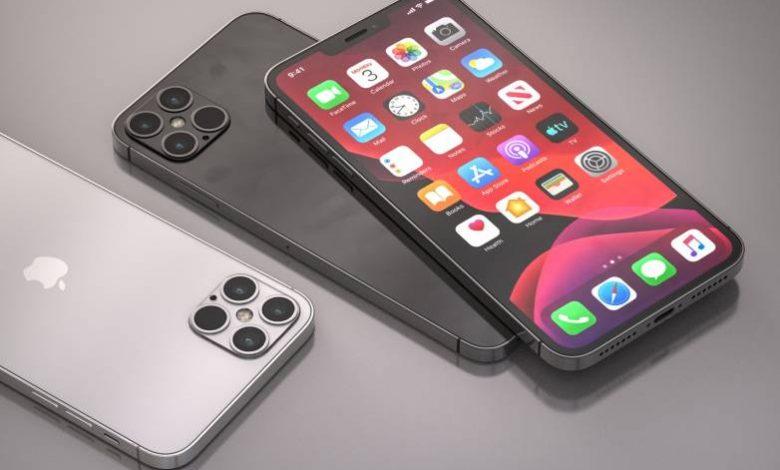September is just around the corner, as the Englishman would say, so Apple is gearing up to unveil its eagerly awaited flagship. The iPhone 13 would keep the recipe for success of its predecessor, while making a number of significant improvements, and one of them could be a serious advantage for telecommunications.
Well-known analyst Ming-Chi Kuo came up with some interesting news. It seems that the new iPhone 13 will allow users to make calls and write messages without the need for a 4G or 5G connection. Sounds too good and weird to be true, right?
Well, the technique itself is neither rocket science nor experimental physics. Kuo says the smartphone will be able to connect to the low Earth orbit satellites (LEO) network through specific integrated hardware. It would be a Qualcomm X60 chip that can be connected to that network, but some software will be needed to activate the connection.
iPhone 13 Satellite - An Interesting But Familiar Solution

In fact, LEO satellites are about the same as Starlink satellites designed by SpaceX. No, this does not mean that Apple and SpaceX will work together in this area. Ming-Chi Kuo says the former is aiming for a collaboration with global communications provider Globalstar. This partnership is a more than plausible idea if we take into account the fact that both Globalstar and Apple, in turn, are collaborating with Qualcomm.
According to the analyst, the easiest way for users to use the satellite network on the iPhone 13 would be for network operators to work directly with Globalstar. This would relieve customers of additional charges or other complications.
However, there are also some question marks. If iPhone 13 benefits from this feature, will it be a free feature? Can it be used other than Apple services so that we can use not only FaceTime and iMessage when we don't have a 4G or 5G signal? Kuo says Apple is considering such technology for other products, including mixed reality equipment, electric cars or IoT devices.
TagsApple iphone 13